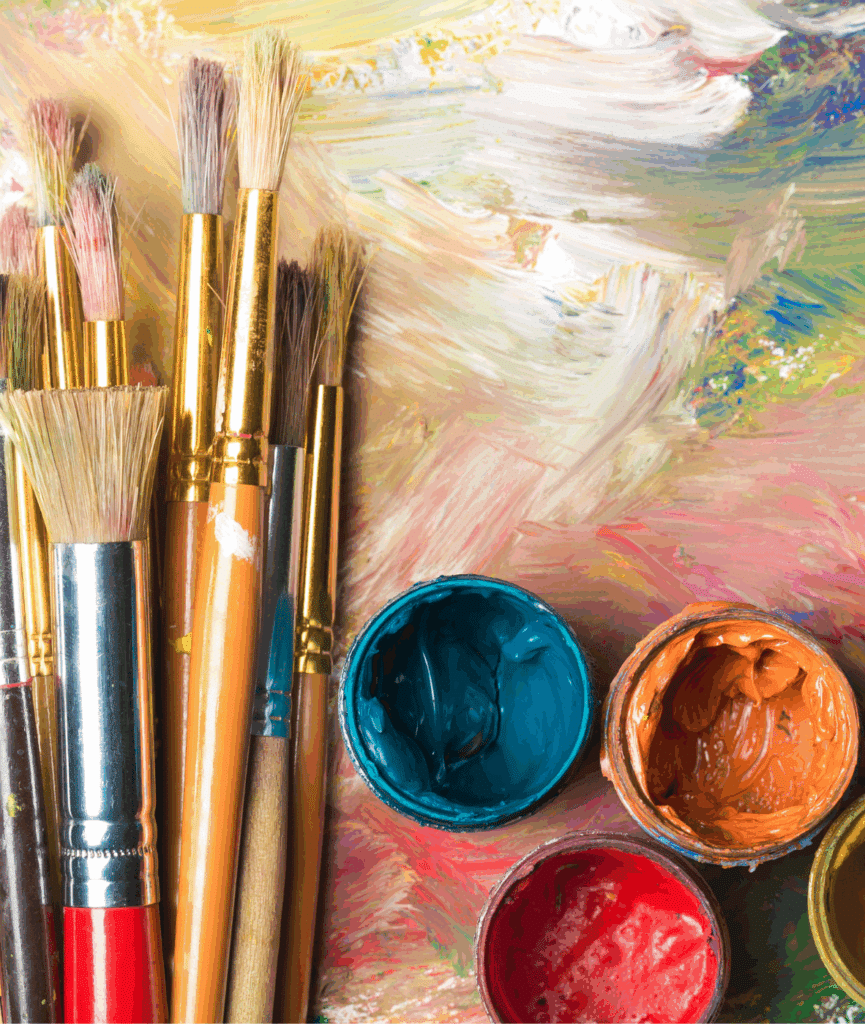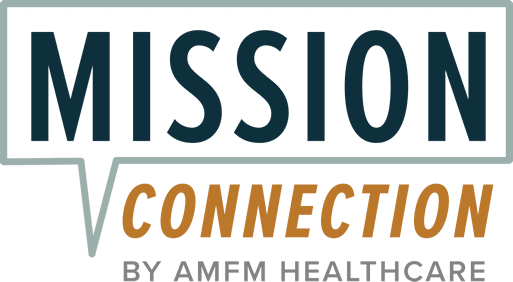Art Therapy for Emotional Expression: Techniques & Applications for Mental Health

Emotions are a natural part of being human, but finding healthy ways to express them isn’t always easy. Many people grow up learning to keep difficult emotions hidden or to “move on” without really processing what they’ve experienced. Over time, these unexpressed emotions can build up, leading to stress, anxiety, depression, or a sense of disconnection.
Yet traditional talk therapy can sometimes feel too invasive for people who are just getting used to emotional expression. They might not be ready to open up about their feelings yet, or may feel like issues such as trauma aren’t responding well to verbal exploration. In cases such as these, alternative healing paths may be needed.
Art therapy offers a different path to emotional expression. By using creative processes such as painting, drawing, or sculpting, art therapy programs provide a way to safely explore and communicate thoughts and feelings. Mental wellness through art does not require artistic ability. Instead, you just need a willingness to express yourself and make meaning from what’s coming out.
If you think that art therapy for emotional expression could benefit your needs, a mental health professional can talk you through its techniques and applications for mental health. This page can also work as a useful guide to art therapy, as it explores:
- What art therapy is
- Art therapy benefits and why emotional expression matters
- Different art therapy techniques
- How to apply art therapy for mental health interventions
- Answers to commonly asked questions about creative therapy for mental wellness

What Is Art Therapy?
Art therapy is a type of mental health treatment that often complements traditional therapies. It uses creativity, such as drawing, painting, collage, or sculpture, as a form of treatment to improve mental and emotional health, as well as social well-being.1
Unlike doing art for recreation, a certified professional guides you through art therapy, helping you explore the deeper meaning behind your creative process. For many people, this type of expression feels safer than talking about experiences or feelings, especially when they’re complex or difficult to put into words.
At its core, art therapy is about connection. It’s about finding an affinity to yourself, your emotions, and the possibility of healing in ways that words sometimes cannot reach.
Why Emotional Expression Matters
Emotional expression matters because, although we all experience emotions, not all of us know how to release them – or feel safe doing so. Emotional expression therapy, like art therapy, provides us with a safe and structured way to give emotions a form and voice.
For example, by turning an internal experience into an external image, shape, or symbol, people often find they can explore these feelings without becoming overwhelmed. This process can reduce shame, provide perspective, and open the door to healthier coping strategies for emotional health.
Additionally, research shows that engaging in creative processes activates parts of the brain connected to emotional regulation, memory, and problem-solving.2
Therefore, the benefits of mental health creative therapy include:
- Lower stress and improved relaxation3
- The ability to better regulate and manage emotions4
- Improved memory5
- A sense of “flow” which can generate focus and the ability to stay in the present moment
- Stronger resilience that can support recovery from trauma, anxiety, and depression6
Instead of bottling up difficult feelings, art therapy can provide you with a space for expression and understanding. This space to express yourself may not eradicate all your negative emotions, but it certainly could help you navigate them more clearly and with less fear.
Art Therapy Techniques
There is a wide range of methods used for creative therapy for mental wellness. Each one of these offers its own unique way of helping us explore our experiences and emotions. Plus, these techniques are easily adaptable to fit a person’s age, comfort level, and therapy goals.
The following are some of the most common art therapy approaches:
- Drawing and painting: “Free” drawing or painting allows emotions to flow onto the page without the pressure of finding the “right” words. Drawing or painting is also highly customizable. You can choose the colors, shapes, or symbols that match your mood and work to process your feelings in the moment.
- Sculpting or clay work: Working with clay or other three-dimensional materials can be grounding and tactile. For this reason, therapists often use this technique to help clients externalize trauma or tension and reshape their experiences in a physical, hands-on way.
- Collage and mixed media: Using magazines, photographs, or found objects, collages encourage self-expression through images and symbols. Also, mixed media can be especially powerful for exploring identity, as it can involve creating vision boards or telling personal stories.
- Mandala making: For centuries, people have used the circular patterns of mandalas as a tool for grounding and reflection. In art therapy, creating mandalas can bring a sense of calm, focus, and mindfulness while fostering emotional regulation.
In each of these approaches, the art form serves as a reflection of our inner world. Plus, while these techniques differ in their medium, what they share is a space for emotional expression that feels safe and supported.
How Art Therapy Supports Mental Health Recovery
Art therapy supports mental health recovery by helping people bring out emotions that they have a hard time putting into words. Therefore, creative expression can give you a powerful outlet if you’re coping with anxiety, depression, trauma, or grief and can’t seem to find the right words to express yourself.
The following are ways in which art therapy can support different mental health conditions:
Therapy for Trauma Recovery
For survivors of trauma, revisiting painful memories through words can feel overwhelming. Art therapy provides another pathway, using images, shapes, or colors to safely represent experiences. This process can help reduce avoidance, increase a sense of safety, and build new narratives of strength and resilience.6
Art Therapy for Depression
Depression can make it difficult for people to find the motivation or the right words to express themselves. Art therapy can gently support self-expression and help someone reconnect with their emotions. For instance, activities like collage, journaling with images, or painting small daily “mood portraits” can help clients recognize shifts in feelings, reduce isolation, and build hope.7
Art Therapy for Anxiety
Anxiety often shows up as racing thoughts, physical tension, and difficulty staying present. Art therapy for anxiety techniques, such as mandala making or painting to music, can help quiet the nervous system. If you’re someone who deals with anxiety, creative expression can allow you to externalize worry, slow down, and practice staying in the present moment.
Supporting Grief and Loss Through Art Therapy
When we lose a loved one, it can be difficult to express the complex emotions that grief can create. For instance, we might go from extreme sadness to confusion to anger without really knowing why. Through memorial projects, symbolic artwork, or creating visual timelines of relationships, art therapy can provide a nonverbal outlet for honoring loss and making meaning in the healing process.
Art Therapy for Addressing Chronic Illness and Pain
For those of us living with chronic health challenges, we know that these conditions can lead to emotional exhaustion. Art therapy can help us express frustration and resilience, as well as build hope – while also offering a soothing activity that complements medical care.8
The common theme throughout all this information is that art therapy can open doors to healing. Whether it’s therapy for trauma, stress management therapy, or managing chronic pain, the act of creating can become a supportive pathway to recovery.
Creative Pathways to Healing With Art Therapy at Mission Connection
Mission Connection understands that recovery often comes from a combination of traditional therapy and creative approaches. For this reason, our therapists often include art therapy with evidence-based approaches like CBT, EMDR, and mindfulness. This combination can create a space for clients to safely explore emotions, strengthen resilience, and move toward healing.
Whether you’re seeking therapy for trauma recovery, art therapy for anxiety, or art therapy for depression, our team can tailor a treatment plan to your unique needs and goals.
What makes Mission Connection’s approach unique is our emphasis on connection: connection with your therapist, your inner self, and a supportive community. Art therapy may form just one part of this reconnection plan, as our aim is always to take a holistic approach to restoring hope, meaning, and a sense of possibility.
If you or someone you love is finding emotional expression difficult, you don’t have to go through it alone. Contact our team today. We’re here to walk alongside you in building a future filled with healing and growth – through both words and art.

FAQs About Art Therapy
If you still have some questions about whether art therapy is the right fit for your needs, the following responses to commonly asked questions could help.
Can I Still Do Art Therapy if I’m Not Artistic?
Of course, you can still engage in art therapy even if you’re not artistic. The approach is not about artistic skill, but rather about finding a way to express yourself. The value of art therapy is having an outlet for thoughts and feelings that you might find difficult to express otherwise.
Is Art Therapy Evidence-Based?
Yes, art therapy is evidence-based. Research shows that creativity activates parts of the brain that help with regulating emotions, memory, and problem-solving. These studies have also found art therapy effective in reducing stress, improving mood, and building resilience, especially when it’s included alongside more traditional approaches.9
What Normally Happens in an Art Therapy Session?
A typical art therapy session usually begins with a check-in and a creative prompt. The therapist will then guide you to reflect on the artwork, linking the process to emotions, experiences, or patterns that are coming up for you.
Does Mission Connection Offer Art Therapy as Part of Treatment Plans?
The treatment plans at Mission Connection are personalized and unique to you. However, we usually include art therapy as part of our comprehensive treatment plan, which also often includes therapies such as CBT, DBT, EMDR, and mindfulness. One of our licensed professionals can work with you to determine if art therapy could benefit your individual plan.
References
- American Art Therapy Association. (2024, January 17). What is art therapy? American Art Therapy Association. https://arttherapy.org/what-is-art-therapy/
- Barnett, K. S., & Vasiu, F. (2024). How the arts heal: A review of the neural mechanisms behind the therapeutic effects of creative arts on mental and physical health. Frontiers in Behavioral Neuroscience, 18. https://doi.org/10.3389/fnbeh.2024.1422361
- Martin, L., Oepen, R., Bauer, K., Nottensteiner, A., Mergheim, K., Gruber, H., & Koch, S. C. (2018). Creative arts interventions for stress management and prevention—A systematic review. Behavioral Sciences, 8(2), 28. https://doi.org/10.3390/bs8020028
- Zhang, X., Wen, K., Ding, H., & Zhou, X. (2024). Experiencing art creation as a therapeutic intervention to relieve anxiety: A case study of a university’s ceramic art course. Frontiers in Psychiatry, 15. https://doi.org/10.3389/fpsyt.2024.1334240
- Zhao, J., Li, H., Lin, R., Wei, Y., & Yang, A. (2018). Effects of creative expression therapy for older adults with mild cognitive impairment at risk of Alzheimer’s disease: A randomized controlled clinical trial. Clinical Interventions in Aging, 13, 1313–1320. https://doi.org/10.2147/cia.s161861
- Campbell, M., Decker, K. P., Kruk, K., & Deaver, S. P. (2016). Art therapy and cognitive processing therapy for combat-related PTSD: A randomized controlled trial. Art Therapy, 33(4), 169–177. https://doi.org/10.1080/07421656.2016.1226643
- Hu, J., Zhang, J., Hu, L., Yu, H., & Xu, J. (2021). Art therapy: A complementary treatment for mental disorders. Frontiers in Psychology, 12. https://doi.org/10.3389/fpsyg.2021.686005
- Raudenská, J., Šteinerová, V., Vodičková, Š., Raudenský, M., Fulková, M., Urits, I., Viswanath, O., Varrassi, G., & Javůrková, A. (2023). Arts therapy and its implications in chronic pain management: A narrative review. Pain and Therapy, 12(6), 1309–1337. https://doi.org/10.1007/s40122-023-00542-w
- Shukla, A., Choudhari, S. G., Gaidhane, A. M., & Syed, Z. Q. (2022). Role of art therapy in the promotion of mental health: A critical review. Cureus. https://doi.org/10.7759/cureus.28026
